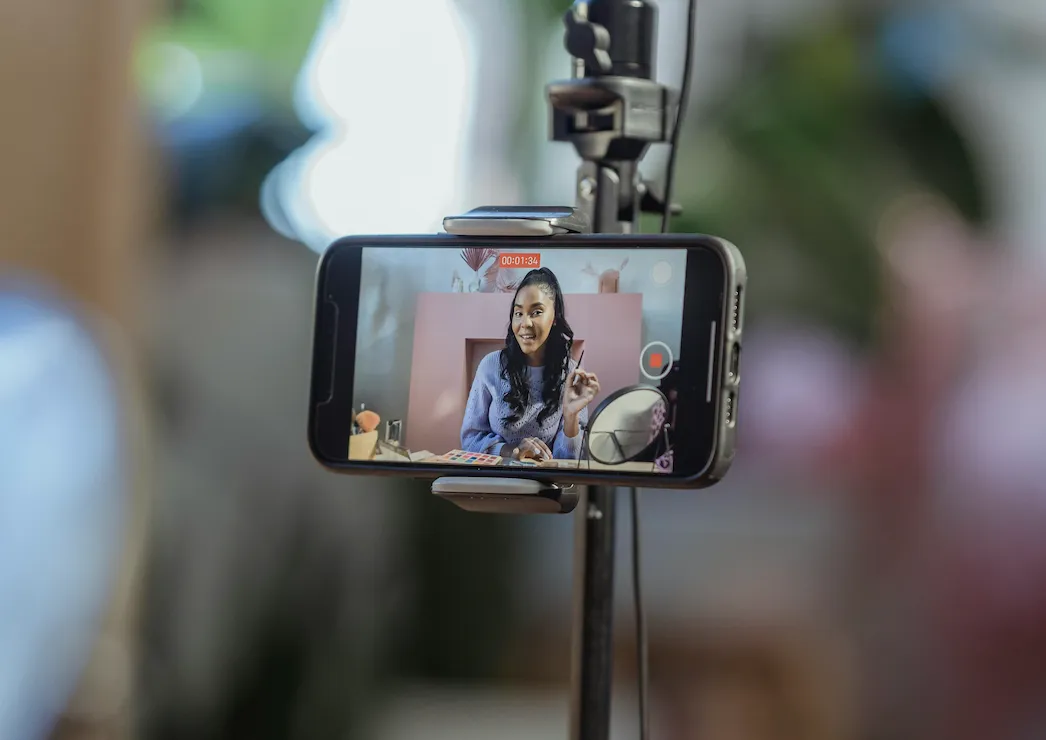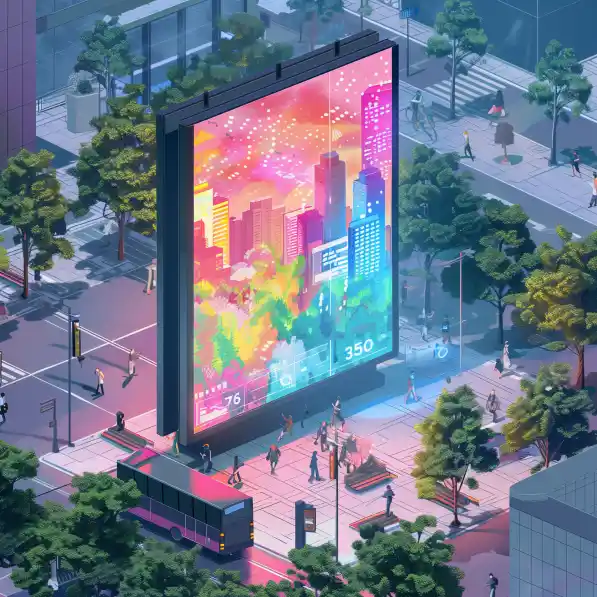Advertising brochures in mailboxes. What sounds like a relic from the past in an increasingly digital world is still very popular in Germany — at least among advertisers. According to a study by Deutsche Umwelthilfe, 28 billion advertising brochures are distributed every year. That's the equivalent of around 35 kilograms of advertising that end up in every mailbox in the country — anew every year. The popularity of this advertising format is very unevenly distributed between sender and recipient. because around three quarters of Germans receive one (YouGov survey) Due to resistance to print advertising more than two thirds consider the format itself to be outdated. In the end, it is hardly surprising that almost 90 percent of the throw-in advertising goes into the trash unread - around 900,000 tons of print advertising per year. In addition, more than a quarter of German households already have a “No advertising” sign on their mailboxes, meaning they are among the complete refusers of advertising. But why are retailers, supermarkets, discounters, electronics and hardware stores in particular still so fond of printed advertising? One reason is certainly the regularity with which new offers come in these industries. Another is the nested area or operator structure. Different offers in different federal states or from other operators. But what good are local or regional offer flyers if they end up in the trash unread? Digital alternatives could not only reduce the huge mountain of rubbish here, but also really ensure that the offers are taken advantage of.
“The ways in which consumers obtain information are increasingly changing. Smartphones, tablets and notebooks are available in almost every household and offer options for retrieving information in real time and without any waste problems,” says Deutsche Umwelthilfe in its study.
Brochure portals as an alternative?
Various brochure portals have been established in recent years. Your concept seems simple. Collect PDF variants of the various advertising brochures and make them available to the user in bundled form. Mostly filtered by local parameters such as postal codes. However, even brochure portals are not the big solution to the puzzle. On the one hand, the portals must be targeted by users. This means that only people are reached who want to take a look at the current offers anyway. On the other hand, the content presented can only be controlled to a limited extent by the respective advertisers. Are the offers still available? Are offers that match the user's location really being played out? Is everything displayed correctly and in accordance with CI? All of the problems mentioned can be solved with modern, digital advertising formats. At this point, we would like to present three options to you in more detail.
Ads brochure
In terms of the basic idea, brochure ads come very close to a digital brochure variant. But unlike brochure portals, these digital brochures are displayed as display ads and thus reach a much larger audience. In this way, offers can not only be specifically advertised locally, regionally or nationally, but also to address different target groups, including potential new customers. In addition, there is no bundling with competing offers within one platform.
Engagement Ads
Engagement ads focus on content. Visually similar to landing pages or micropages, they are purely technical but are large-format and interactive display ads. They are particularly suitable for products that require explanation or a very broad product portfolio. Users can click through the ad and thus either get more detailed information about individual products or discover other product categories.
Drive-to-store ads
Even with drive-to-store ads, the name says it all. Here, special offers or current campaign video material are combined with a map. In this way, users are not only made aware of the corresponding offers, but can also immediately see the nearest store - and be navigated there. A very special service that is particularly valuable for businesses that are not part of everyday use.
Common benefits: Targeting, timeliness & performance measurement
All three ad variants combine the advantage of diverse targeting options. This not only makes it possible to address specific target groups, e.g. gamers, bargain hunters or DIY fans, but also socio-demographic characteristics such as age ranges or geo-options such as region or locality. In this way, wastage losses can be avoided, as they are the order of the day when it comes to broad print distribution. Timeliness and automation are another advantage over print advertising. While there is no way of responding to printed offers and, in case of doubt, sold out products are advertised, the ad variants can be “fed” automatically via a product feed. In this way, sold out products can not only be removed from ongoing campaigns, but new products can also be added. And the options for measuring success are also impressive. In addition to classic online marketing metrics such as click-through rate (CTR) or engagement with linked landing pages, there are also special methods to represent advertising effectiveness. Drive-to-store ads, for example, in the right setup, make it possible to measure people who, in the opinion of the advertisement, visit an advertiser's store.
Recognize signs of the times
Many advertisers from industries where flyers and brochures are still part of basic advertising recognize that adjustments and changes in marketing are necessary. Advertising brochures have become obsolete not only from an ecological point of view. Many people are already refusing to accept them, and the majority of the advertising goes unread in the trash. The advertising measures simply fizzle out without any effect. To counteract this trend, retailers and advertisers are forced to open up to digital solutions. Otherwise, they are threatened with one thing in particular: being left behind by competitors who have already opened up digital paths for themselves.





